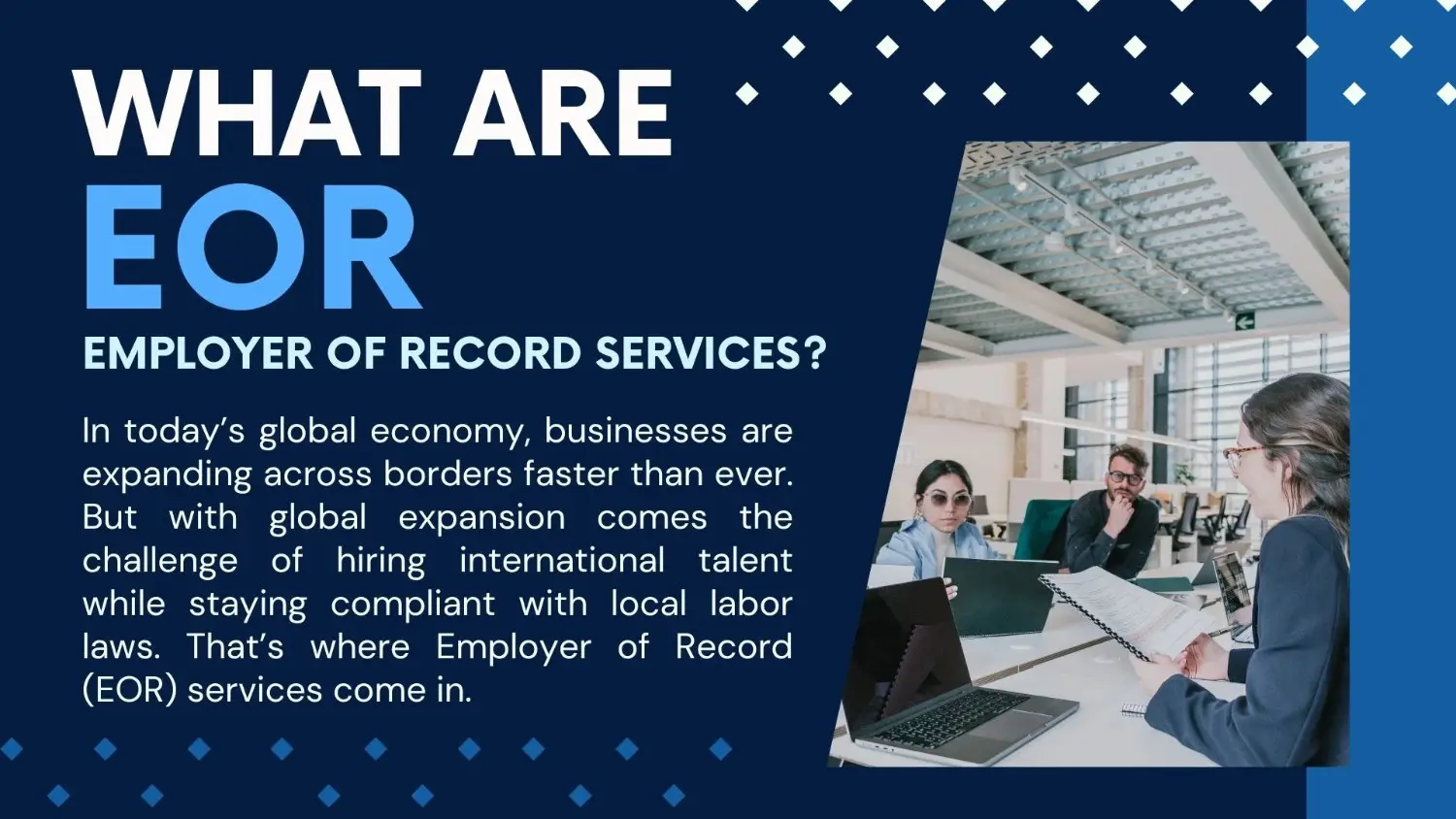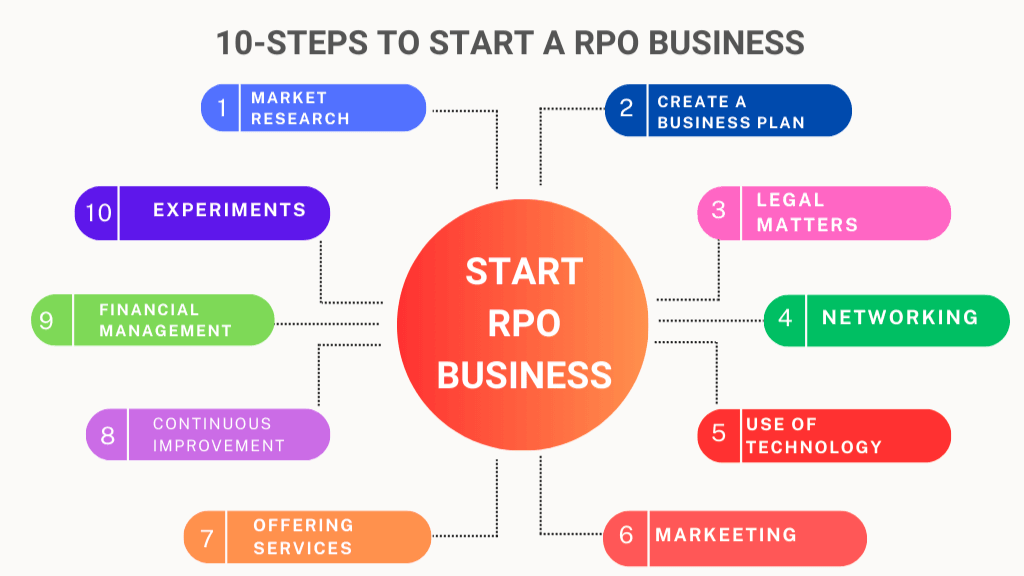
Table of Contents
ToggleWhat is Recruitment Process?
Before knowing about the steps of recruitment process let us know about the recruitment process. Recruitment process means that it includes all the steps in which new employees are acquired. For example from planning any company to interviewing the employees until their posting. It is important to know each stage of the recruiting effort because recruiting may involve targeting passive candidates who have the experience and education the company needs or are qualified for the job the company needs. Here are some steps of recruitment process that you can follow to understand the process well.
Here are the 7 Steps of Recruitment Process
- Planning
- Strategy Development
- Search
- Screening
- Interviews and Selection
- Job Offer and Onboarding
- Evaluation of the Recruitment Process

Steps 1: Planning
In the planning phase, you focus on what kind of experience the company needs for which positions and develop job descriptions for each position and specifics of the work in return for those positions. Include all duties and responsibilities that the company expects the employee to perform. Make a list of what work your company needs, what work can be done by which employee, or what work can be done by one or more employees together.
Step 2: Strategy Development
The recruitment strategy phase refers to how your company plans to find candidates to fill the positions for which employees are needed. How and where to find and offer jobs to employees according to their talent or education. You can then determine where to advertise the position. Whether the employees want local or non-local.
Step 3: Search
After strategizing and planning, your next task is to search candidates. Many companies can search candidates using internal and external sources. While searching for candidates we have to go through a phase which includes internal recruitment and external recruitment. Internal recruitment means that we promote our company’s employees and give them new positions. External recruitment refers to recruiting new employees.
Step 4: Screening
In the screening process we get a list of candidates which is the process of narrowing down the pool and selecting the candidates to proceed to the interviews. In screening, we separate qualified and unqualified candidates by reviewing their resumes and cover letters so that only those who match your requirements get access to an interview. By considering each candidate’s educational qualifications, skills and experience, we can make this process easy. It is advisable and faster to take the help of ATS (Applicant Tracking System) to do this process.
Step 5: Interviews and Selection
The next step may be a formal or informal interview. In this stage, the manager of the company or industry conducts interviews and tries to understand the candidates better, asking them questions based on their education, experience and skills that the manager can understand that this employee is suitable for the job. Eligible for the present post or not. It can be said that in the interview, the employees are further sorted out which candidate is not qualified and who is qualified.
After conducting the interview, the candidates are selected for the post for which the company requires and the candidate has applied for the same. And this stage further reduces the number of candidates and eases their selection stage.
Step 6: Job Offer and Onboarding
In the next step, the company offers the position to the candidate formally to your preferred candidate who has cleared the interview stage and gone through the Slashkin process. In this stage the company does all the things that happen while giving the position like job start date job compensation and other payments and job time etc. Consult an attorney to learn about the legal act to include in the letter and enforce the deadline for the candidate to sign the letter.
Step 7: Evaluation of the Recruitment Process
The final step in the recruiting process is defining how to define your hiring practices and how to engage employees. Determine your satisfaction with the candidates you hire. Review the cost of recruitment practices and focus on building the future of your company through these practices.
FAQs
Recruitment process means that it includes all the steps in which new employees are acquired. For example from planning any company to interviewing the employees until their posting. It is important to know each stage of the recruiting effort because recruiting may involve targeting passive candidates.
- Planning
- Strategy Development
- Search
- Screening
- Interviews and Selection
- Job Offer and Onboarding
- Evaluation of the Recruitment Process












